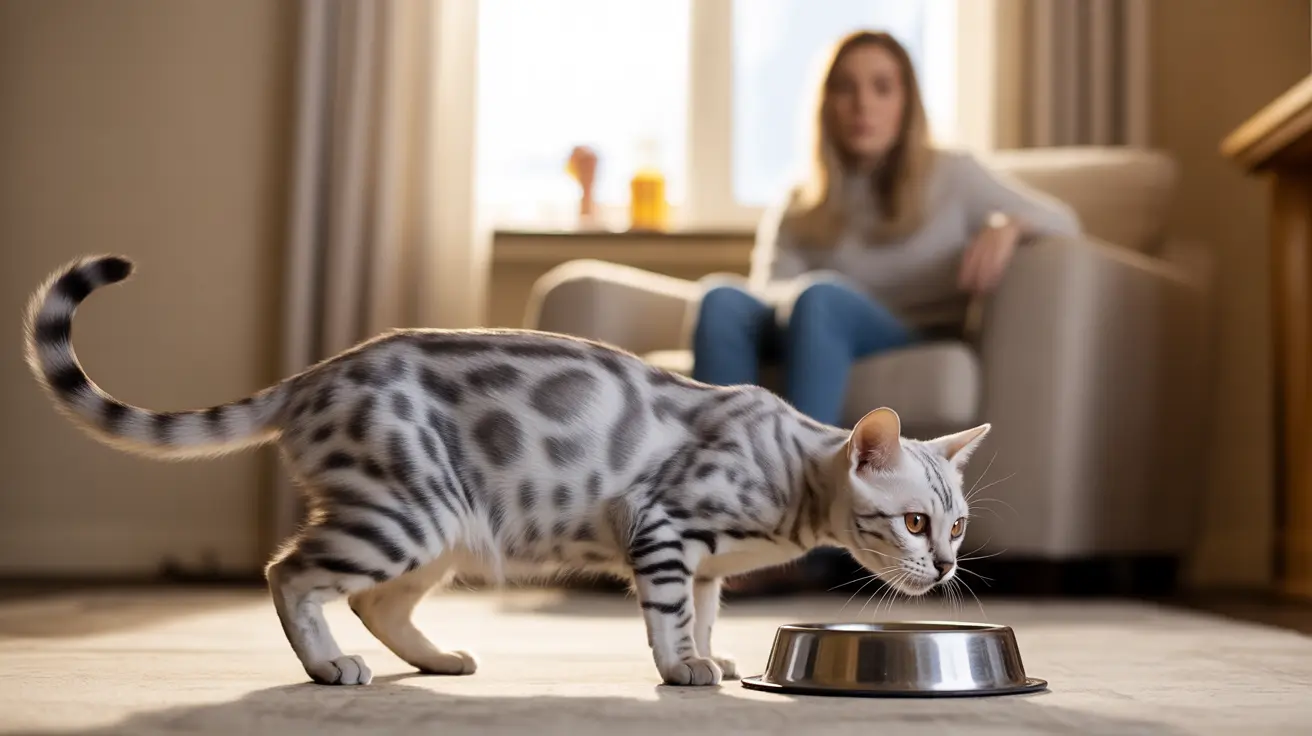Why Humans and Dogs Cannot Reproduce Together
The question of what would happen if a male dog were to mate with a human may provoke curiosity, but from a scientific standpoint, this scenario is biologically impossible. Despite the fact that dogs and humans share a domesticated relationship, their biological makeup is so fundamentally different that reproduction between the two is not feasible, let alone fruitful. Below is a comprehensive explanation of why interspecies reproduction between humans and dogs cannot occur.
Genetic Incompatibility Makes Hybridization Impossible
One of the most crucial barriers to any possibility of reproduction between a dog and a human lies in their chromosomal differences:
- Humans have 46 chromosomes, arranged in 23 pairs.
- Dogs have 78 chromosomes, arranged in 39 pairs.
Such a significant difference in chromosome number means that their DNA cannot align or combine properly during fertilization. Even in closely related species such as horses and donkeys, whose chromosome counts differ by only two, the result is a mule that is sterile. For species that are not even within the same order—like dogs (Order: Carnivora) and humans (Order: Primates)—hybrid offspring is entirely out of the question.
Species-Specific Reproductive Mechanisms
Reproductive barriers begin at the cellular level. Fertilization requires that sperm recognize and attach to an egg of the same species. Here’s why sperm from one species cannot fertilize the egg of another:
- Species-specific proteins and receptors exist on the surface of both sperm and egg.
- These proteins must match precisely to initiate fertilization.
- Human sperm cannot bind to dog eggs, and vice versa.
Moreover, research confirms that human sperm only recognizes egg cells from closely related species such as great apes and gibbons. This further underscores the biological impossibility of human and dog mating resulting in conception.
Genomic Expression and Developmental Failure
Even if, in an entirely hypothetical scenario, fertilization were to occur, the embryo would not develop properly. This is due to the unequal and conflicting gene expressions from the two species:
- Genes in embryos are activated in a precise sequence and in regulated amounts to ensure normal development.
- Human and dog genomes are not only different in content but also in the regulatory mechanisms that control gene activity.
- This discrepancy would lead to developmental failure very early in the process.
For instance, traits such as two legs and two arms in humans versus four legs in dogs are dictated by complex gene regulation. These patterns cannot be blended without catastrophic developmental errors.
Taxonomic Distance and Evolutionary Separation
It’s important to understand how far apart dogs and humans are on the evolutionary tree:
- Humans belong to the Order Primate.
- Dogs belong to the Order Carnivora.
- Their last common ancestor lived roughly 100 million years ago.
This immense evolutionary distance further emphasizes the fact they are not only different species, but fundamentally different branches of the mammalian lineage.
Cultural Myths vs. Scientific Reality
Some cultures and folk traditions have myths about animal pregnancies in humans, but these tales do not stand up to scientific scrutiny. In psychiatric literature, instances where individuals believe they are pregnant with animals are recognized as delusional disorders, not biological phenomena.
No verified case of cross-species pregnancy involving humans and dogs has ever been documented, and the concept remains firmly within the realm of pseudoscience and myth.
Dogs’ Sensory Abilities vs. Biological Interaction
While dogs cannot impregnate humans, they do exhibit remarkable abilities to detect human conditions through their senses. For example:
- Dogs can detect diseases such as cancer and changes in blood sugar levels using smell alone.
- Pregnant women may report dogs becoming more attentive or protective due to hormonal and behavioral changes they can sense.
However, this is a sensory perception based on observed behavior and scent—not a biological connection or interaction of reproductive systems.
Clear Biological Barriers Protect Species Integrity
Nature maintains clear boundaries to prevent interspecies reproduction:
- Chromosomal mismatch
- Incompatible gametes (sperm and egg)
- Developmental control genes that cannot cross-regulate
- Evolutionary distance
These mechanisms ensure that each species reproduces within its own kind, preserving unique traits, adaptations, and ecological roles.
Conclusion
In conclusion, the notion of a male dog mating with a human resulting in pregnancy or offspring is a scientific impossibility. From genetic and chromosomal factors to cellular and reproductive incompatibilities, every level of biology prohibits this from occurring. While dogs are capable of perceiving changes in human behavior and health conditions, they cannot and will never reproduce with humans. Such ideas are best left to myth and fiction, not science and biology.





